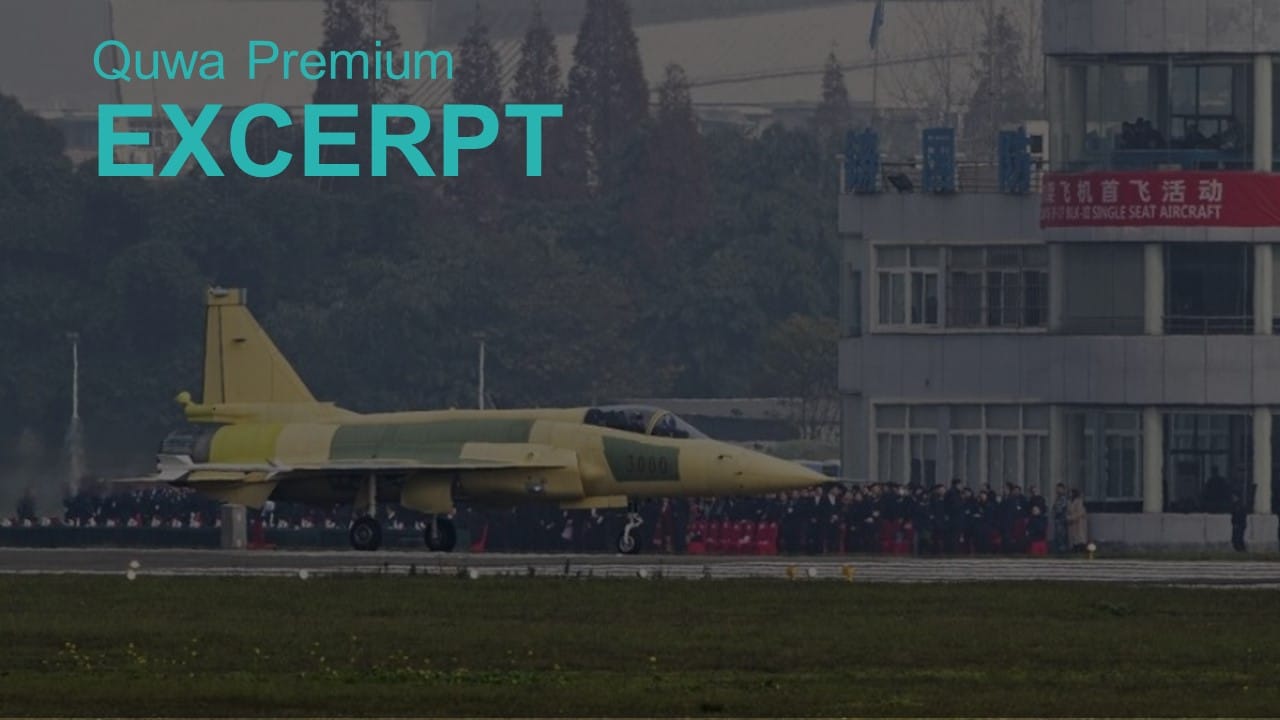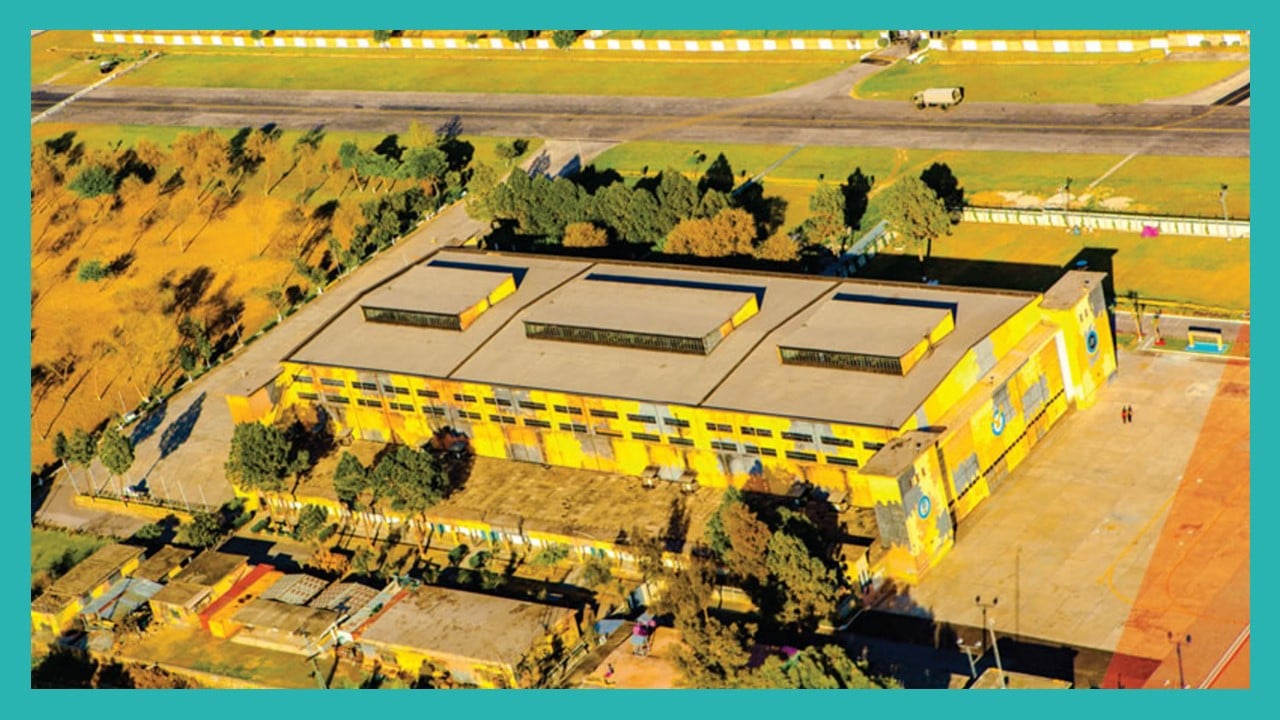2017Views

The Culture and Foundations for Research at Pakistan Aeronautical Complex
Author Profile: Syed Aseem Ul Islam is PhD candidate at the University of Michigan, Ann Arbor, USA, specializing in adaptive and model-predictive flight control systems. He received his bachelor’s degree in aerospace engineering from the Institute of Space Technology, Islamabad, and his master’s degree in flight dynamics and control from the University of Michigan.
Organizations are defined by their culture and values, and research organizations are certainly no exception. Research and development (R&D) is intricately related to the people doing it. Unlike industrial manufacturing, where the main assets are the machines making the product, in R&D, the researcher is the main asset and therefore, the organization must carefully manage them.
Unfortunately, the entities under Pakistan’s Strategic Plans Division (SPD) provide many examples of what not to do in R&D organizations. Therefore, a quick study of the practices of the SPD’s organizations is extremely helpful in charting a future path for Pakistan Aeronautical Complex’s (PAC) Aviation Research, Indigenization & Development (AvRID) directorate.
For PAC to succeed with AvRID, it will need to avoid replicating SPD’s institutional practices.
Firstly, since SPD organizations work under a thick veil of secrecy, any R&D they do is extremely limited in application and not shared, even across other SPD organizations.
Another bottleneck to good R&D in SPD organizations is the incentive structure. The government officers employed by these organizations are on almost guaranteed and stable career paths with regular promotions based on time served and thus, there is little or no incentive to “rock the boat” or think freely.
A related issue is the “parachuting of top management” and the resulting style of management. Ideally, officers should be incentivized to do well in R&D so that one day they can head the organization they have worked in for many years.
However, if high-ranking military officers are “parachuted in” to lead these organizations, poor management is inevitable. This is not a judgement on these parachuted officers, but merely a result of their disconnect with organization that they are made to lead and the culture of R&D.
Academia Industry Collaboration Office (AICO)
According to PAC’s website this office has been created, “for optimum utilization of resources available within academia and industry of the country and abroad.”
It is certainly a positive sign that the importance of collaborating with the massive pool of university researchers is known to the planners at AvRID. It is vital that this office replicates successful military organizations that fund university research like the United States Air Force Office of Scientific Research (AFOSR) and the United States Office of Naval Research Science and Technology (ONR).
In particular, AICO should have the funding and mandate to invite proposals from university professors for grants and project funding.
This program will also give much needed life to the domain of university research in Pakistan, which is currently starved of funding, and yet expected to produce quality research. University research needs stable funding over many years to produce research and PhD’s.
The benefits of funding such research to AvRID are obvious. Firstly, AvRID gets access to a highly skilled work force of professors and graduate students for a very small cost, which allows cutting-edge research to directly feed the R&D being done at AvRID.
Encouragement of the Private Sector
One of the stated goals of the office of DG AvRID is to “pursue an active engagement with the public and private sector for expanding the industrial base of the country to meet aviation requirements of Pakistan,” which is an excellent goal and frankly, the need of the hour.
However, to understand the actual requirements of this goal, AvRID planners must understand the shortfalls of the status-quo. A private sector military industry cannot exist when there are no government orders for it to fulfill since most, if not all, military orders are from the government.
Furthermore, industries take years to set up, so it is foolish to expect a private investor to sink millions of dollars into R&D when there is no guarantee that the government will buy the product. Companies like Lockheed Martin and Raytheon exist because they have a reliable supply of government funding and orders to keep their wheels turning.
End of Excerpt (660/2,107 words)
You can read the complete article by logging in (click here) or subscribing to Quwa Premium (click here).
For More Insights on Pakistan’s Military Procurement and Development Activities, See:


